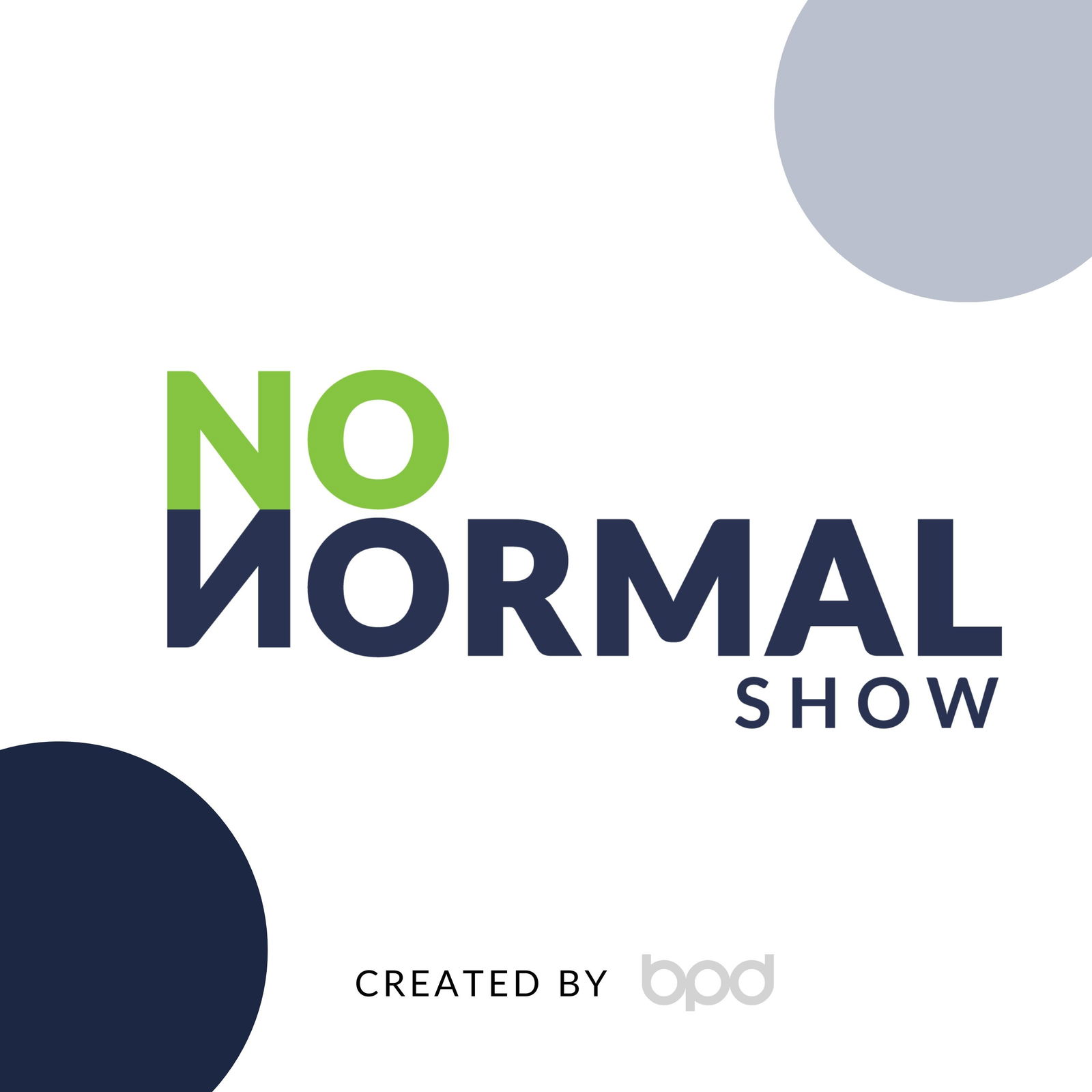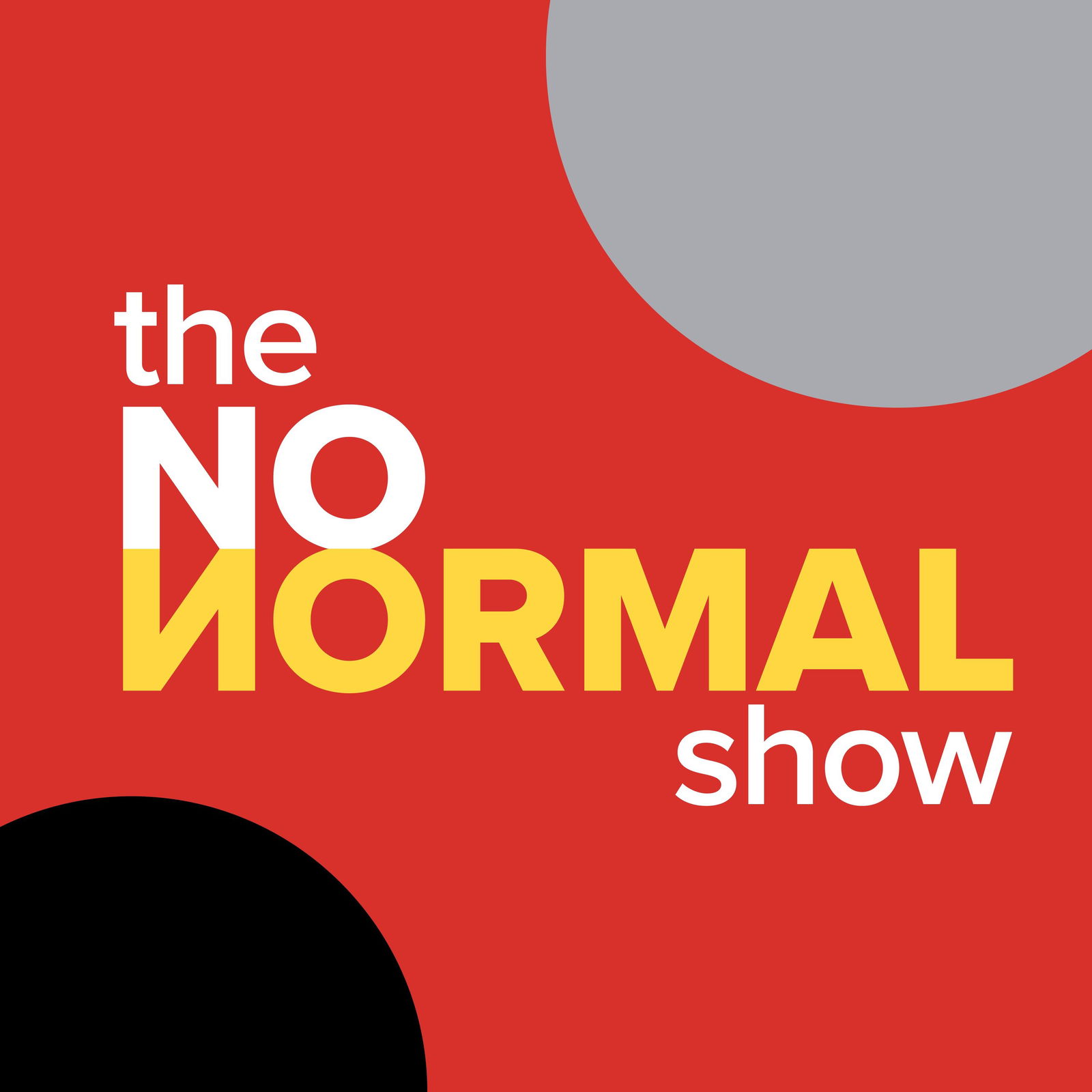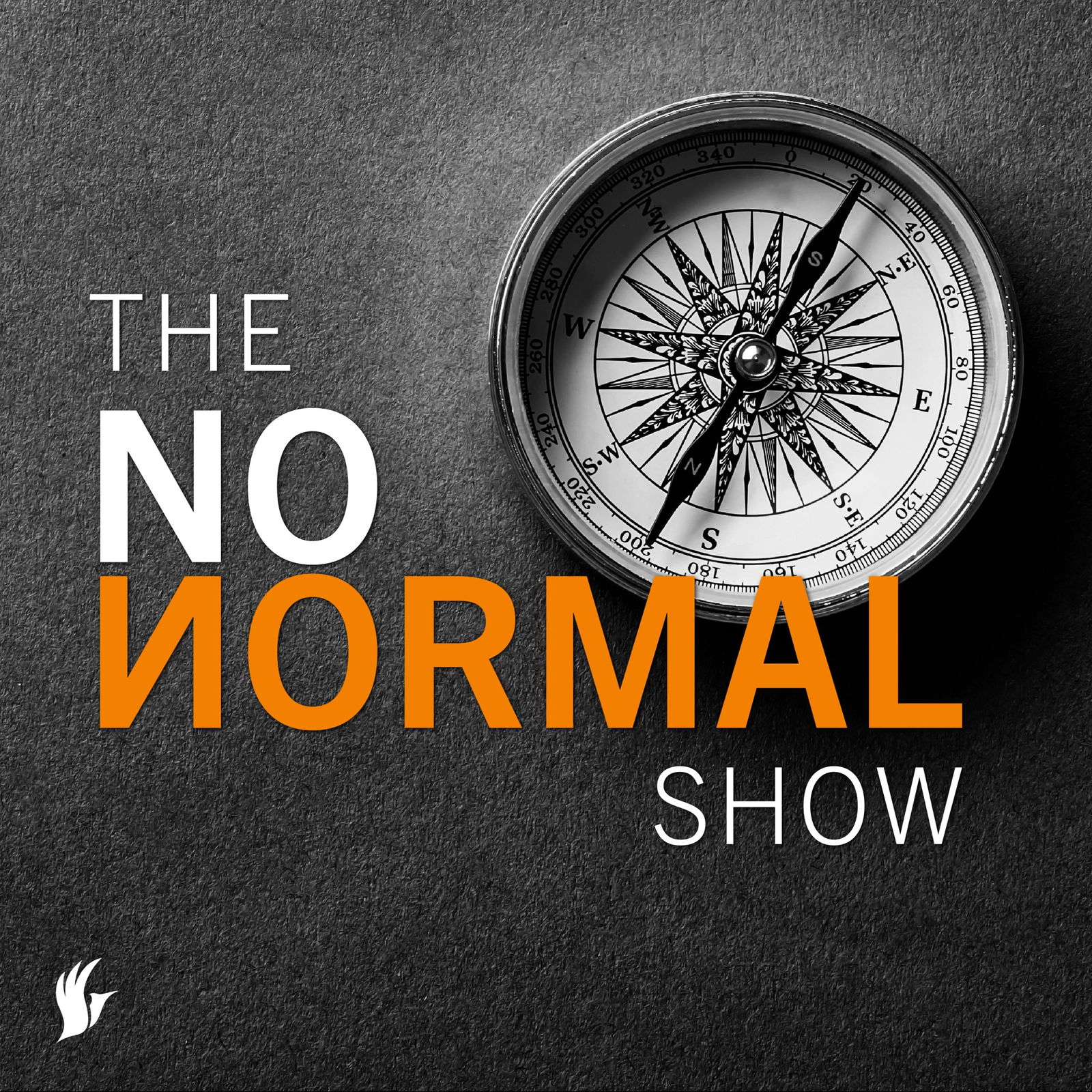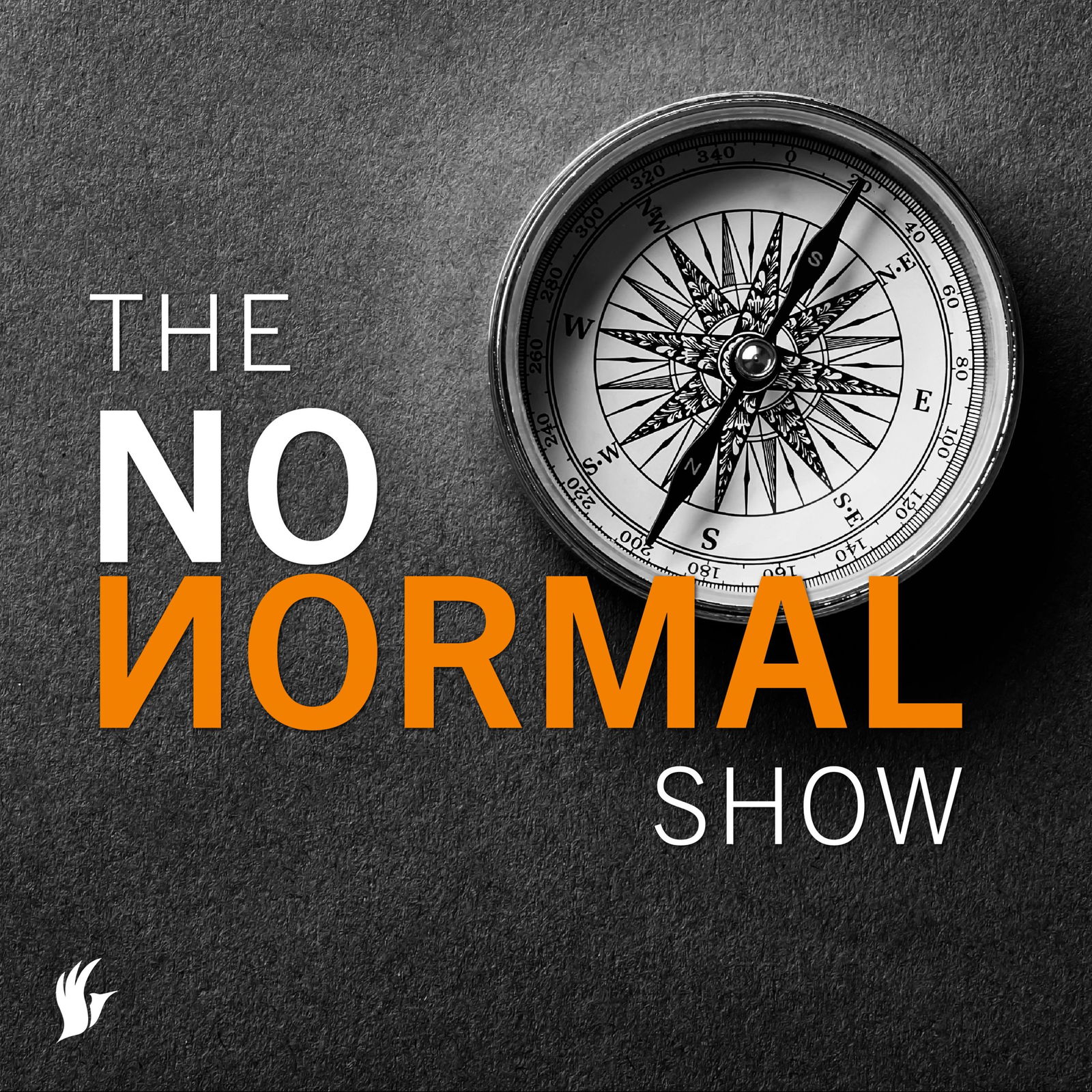Revive's rundown on HLTH 2021
TakeawaysGetting a feel for HLTH 2021Revive's Gale Pryor and Brennan Mason joined our team on The No Normal Show to share their takeaways from this year's HLTH conference in Boston, Massachusetts.The purpose of the event is to bring everyone in the health ecosystem to reimagine healthcare delivery. Brennan and Gale found that the ecosystem has more players than ever.A good mix of organizations attended, including Amazon, AARP, Fidelity, AHA, IBM Watson, Maven, Philips, ResMed, Teladoc, Verizon, Vertex, CVS, Walmart, Zoom, Optum, Oak, Cigna, Aetna, Humana, and the Blues+.HLTH orchestrated an indoor event of 6000+ attendees while ensuring that everyone in attendance was vaccinated or had tested negative within the last 72 hours of the conference. They made COVID-19 testing accessible in the lobby. The reinvention of primary care Primary care is attracting heated discussions because many of the core themes in healthcare transformation are coming together in primary care.Amazon Care is expanding its virtual and hybrid primary care service beyond its employees, offering other employers a covered benefit in selected cities.UnitedHealth is rolling out a virtual-first primary care product, NavigateNow, to select employers with self-funded plans in nine markets, expanding to 25 markets by the end of 2022.Primary care is a strangely heated space. This year, Rushika Fernadopulle of Iora Health clashed with serial entrepreneur Adrian Aoun of Forward about tech-based primary care. Adrian equated the entrance of pharmacy retailers to "wanting an iPhone and being sold a Motorola."Our hosts found that Adrian came across as disconnected from the reality of primary care and that retailers like Walgreens, CVS, and Walmart have advantages like a massive physical presence, logistical network, longitudinal understanding of consumers, and high net promoter scores. Digital health, of course Digital health has always been the focus of HLTH, but this year was less about an incoming digital revolution and more about the ways different players collaborate and integrate solutions.Walmart Health put it well: It's not just about going digital; it's about having different mechanisms for different consumer preferences.Hybrid care was widely recognized as a critical element in appealing to consumer preferences and building trust.Much of the conversation was focused on chronic care management and wellness, with Noom, Thirty Madison, Big Health, and Everly Health all present. The goal of digital tools in this space is to become a reimbursed benefit.If healthcare delivery wants to transform healthcare delivery, organizations need to take the lead. To lead healthcare delivery, organizations need to change their business model from a pipeline to a platform where all players can connect to your health system.Plans + employers + digital health As employers take a more proactive role in workforce health, plans seem to be reinventing care delivery using digital health and the workplace to do it. As Divya Paliwal, Chief Clinical Transformation Officer of Horizon BCBS said, "How can we use these dollars better than shelling out to a hospital ED or ICU?"The drivers of the growth in digital health are plans and employers. And employers are moving away from PPO, and high deductible plans to incent healthy behaviors – the key focus of digital health tools.In a world of remote work, benefit offerings become even more important. When features of physical workspace become irrelevant, benefits are essential in recruiting and retention.Employers are certainly stepping up to improve access to health solutions through employee benefits, but this only intensifies the division between the "haves" and "have nots" by excluding small businesses and the unemployed.
 Sign in
Sign in Sign in
Sign in Sign in
Sign in

















































